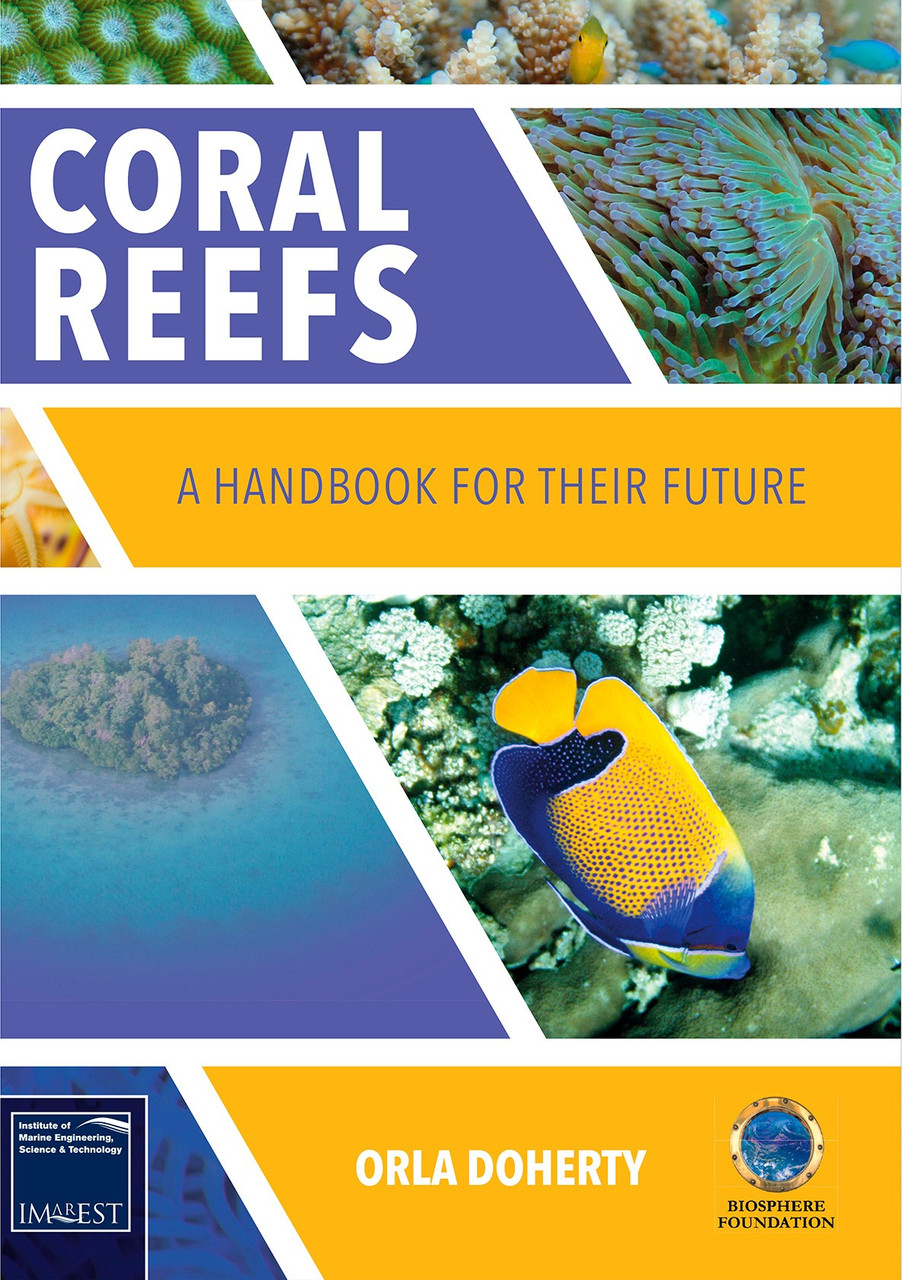Description
Coral Reefs – A Handbook for their future
This publication examines coral reef biology and ecology. It explains why coral reefs are important, how they work and the creatures that depend on them. It describes the threats to coral reefs worldwide and the steps that should be taken to ease the problems and increase reef resilience. The book is illustrated throughout with colour photographs.
This book explains the science of coral reefs, including how they have evolved, what determines where they grow, their composition, the different zones on a reef, the different types of coral reefs and how they feed, grow and reproduce.
It looks in detail at coral reef organisms, including vertebrates, invertebrates and fish. It also describes coral reef plants and algae.
The book analyses the threats to coral reefs (including natural hazards, human threats and climate change) and considers their future.
Finally, the author presents her observations from the Biosphere Foundation’s expedition to map and monitor the world’s coral reefs.
Coral reefs are the oldest and could be the most complex ecosystem on our planet. They are by far the most diverse and productive ecosystem within the oceans. It is thought that about a million species live in and around the coral reefs.
Like any of our biomes, coral reefs serve many essential functions for the biosphere. It is hard to predict precisely what will happen if coral reefs disappear, although the planet has existed without them several times.
But right now, in this time and space, coral reefs are essential in the following ways:
1 Biodiversity source
They occupy 0.1% of the ocean’s surface, but they provide habitat to 25% of life in the sea. We still do not know how many animals and plants live on the reef, with estimates ranging from 600,000 to 9 million. 93,000 species have been described to date. At least 3 million and possibly 30 million living organisms exist. We may have only discovered 10% of coral reef species so far.
2 Primary producers
The microscopic algae that live inside many coral reef organisms are extremely effective primary producers, meaning that they facilitate the first essential step in the food chain in which inorganic chemicals are converted into organic ones that other organisms can use. In other words, coral reefs are fundamental to the food web that holds our biosphere together.
3 Livelihood provider
Around half a billion people depend on coral reefs for food, coastal protection, building materials and tourism business.






Reviews
There are no reviews yet.